Mental Health in the Workplace
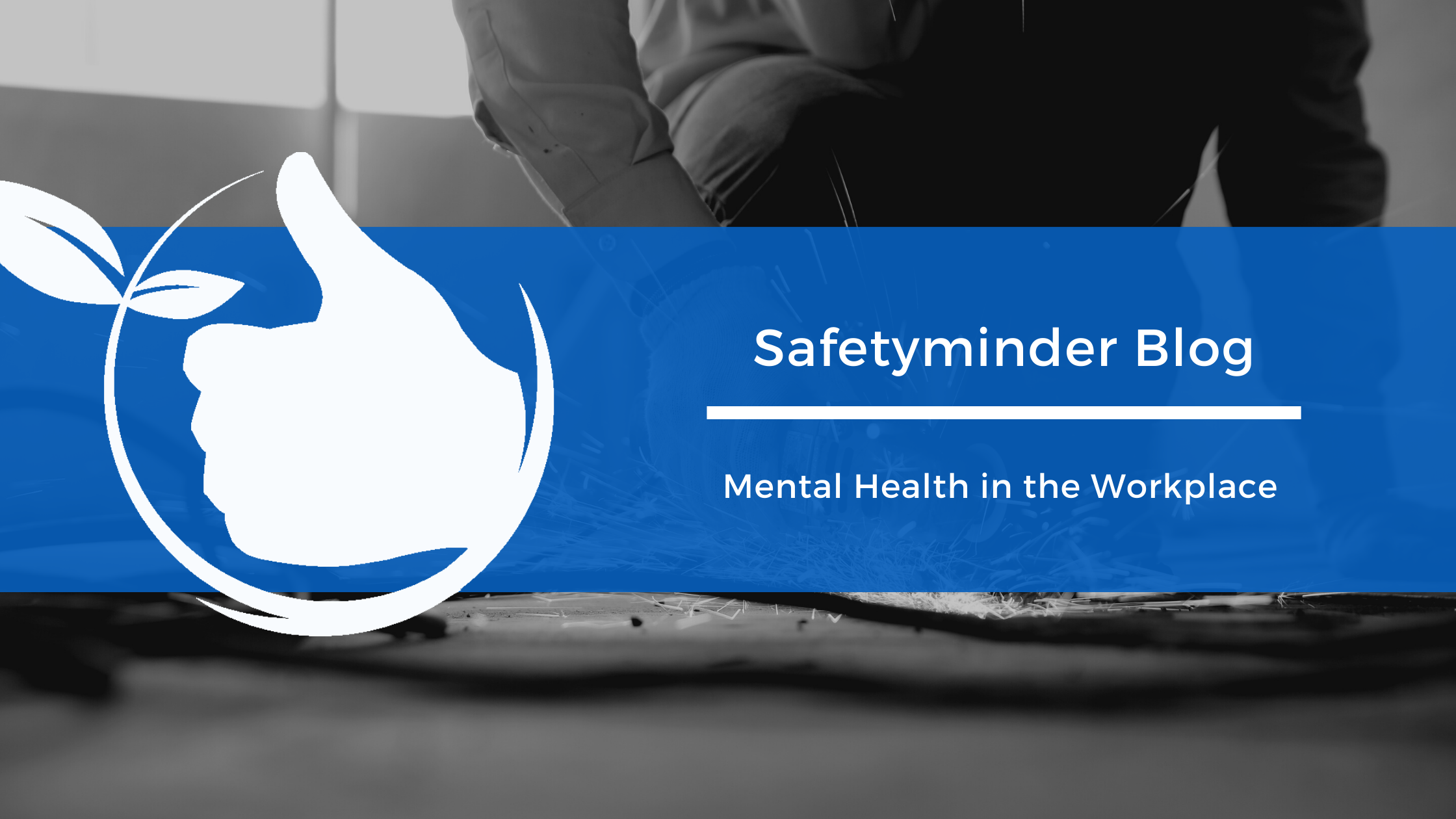
Mental health in the workplace
Mental health can be adversely affected by exposure to a range of hazards or factors in the workplace, including, for example:
- high job demand
- low job demand
- poor support
- poor workplace relationships
- low role clarity
- poor organisational change management
- poor organisational justice
- poor environmental conditions
- remote or isolated work, and
- violent or traumatic events.
Exposure to these hazards can lead to work-related stress. When stress is very high and or prolonged it can in turn lead to work-related psychological or physical injury. For example, work-related stress may lead to depression and anxiety in the long term.
Work-related stress has been linked with high levels of:
- unplanned absences including sick leave
- staff turnover
- withdrawal and presenteeism, and
- poor work and poor product quality.
Work-related stress
Between 2010–11 and 2014–15, around 91% of workers’ compensation claims involving a mental health condition were linked to work-related stress or mental stress—mental stress refers to the mechanism of injury describing work-related stress in claims data. The most common mechanisms causing mental stress were:
- work pressure (31%)
- work-related harassment and/or bullying (27%)
- exposure to workplace or occupational violence (14%)
- other mental stress (9%)
- exposure to a traumatic event (7%)
- vehicle accident (3%)
- being assaulted (3%), and
- sexual/racial harassment (2%).
Most at risk occupations
Over the five-year period reviewed by Safe Work Australia, the occupations with the highest rate of claims for mental health conditions were:
- defence force members, fire fighters and police (5.3 claims per million hours), specifically police (6.6)
- automobile, bus and rail drivers (2.8 claims per million hours), specifically train and tram drivers (10.3)
- health and welfare support workers (2.8 claims per million hours), specifically indigenous health workers (6.0)
- prison and security officers (1.6 claims per million hours), specifically prison officers (4.0), and
- social and welfare professionals (1.2 claims per million hours).
The highest occupation unit groups were:
- train and tram drivers (10.3 claims per million hours)
- police (6.6 claims per million hours)
- Indigenous health workers (6.0 claims per million hours)
- prison officers (4.0 claims per million hours)
- ambulance officers and paramedics (4.0 claims per million hours).
The overall rate of claims for mental health conditions (all occupations) was 0.51 claims per million hours, and the frequency rate fell from 0.51 in 2005–06 to 0.43 in 2014–15.
The nature of these occupation groups suggests that workers who receive compensation for a work-related mental health condition tend to be those who have high levels of interaction with other people, are often providing a public service and often doing their job in difficult and challenging circumstances.
Work health and safety duties
The model WHS Act requires an employer to ensure the health and safety of their workers, so far as is reasonably practicable. It defines health to mean both physical and psychological health.
- Under the model WHS Act, employers have a duty to protect workers from psychological risks as well as physical risks.
- The best way to do this is by designing work, systems and workplaces to eliminate or minimise risks to psychological health; monitoring the health of workers and workplace conditions; and consulting with workers.
- Employers also have a duty to make sure work is safe for those returning after a workplace illness or injury.
Under the model WHS laws, an employer must consult with workers on health and safety matters that are likely to directly affect them, including on psychological hazards and risks.
It also makes good business sense to prevent or minimise risks to psychological health. Work environments that do not adequately manage these risks can incur significant human and financial costs.
Worker responsibilities
Workers have a duty to take reasonable care of their health and safety and not adversely affect others’ health and safety. They must comply, so far as they are reasonably able, with reasonable instructions on health and safety matters, and cooperate with reasonable WHS policies or procedures that they have been notified of. For example, this might include working to job descriptions to avoid role conflict or cooperating with workplace policies to prevent bullying.
People at Work online psychosocial risk assessment tool
Workplaces can use the People at Work online risk assessment tool to identify and manage work-related risks to psychological health and compare themselves to other workplaces.
This free online risk assessment tool is easy to use and includes supporting resources for businesses.
Work health and safety laws require employers to eliminate or minimise work-related psychosocial risks as far as is reasonably practical. Use the People at Work online assessment tool to help your workplace identify, assess and action psychosocial risks.
Early intervention
Employers should intervene if they identify a psychological risk or notice a worker becoming stressed, and support a worker who has lodged a workers compensation claim while their claim is being determined. The earlier a worker is identified as experiencing work-related stress, the sooner steps can be taken to prevent a work-related mental health condition developing or an existing condition worsening.
Managing work-related mental health condition claims
Best practice psychological claims management begins with recognising the complexity and unique challenges often seen with psychological injuries, and ensuring an injured worker is empowered and supported throughout the claims process.
Recovery and Return to Work
Recovery and return to work relates to supporting workers to come back or stay at work after experiencing a work-related mental health condition. It is important employers ensure workers return to a safe environment where psychological hazards are identified and controlled.
Support
Additional information for workers and employers are available at HeadsUp .
There are a number of services available to people who are feeling depressed, stressed or anxious. They include:
Slips, Trips and Falls
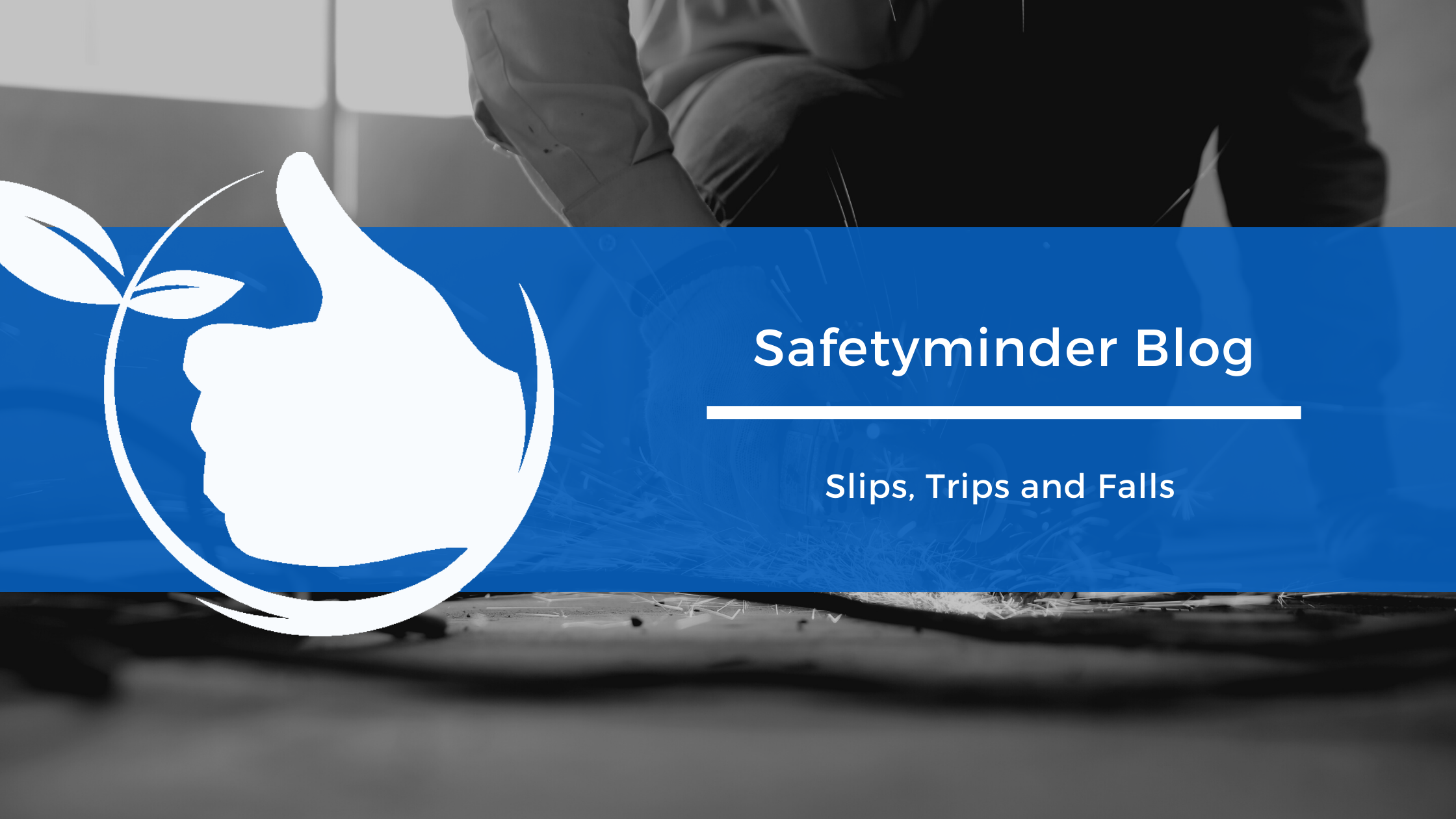
Each year slips, trips and falls result in thousands of preventable injuries. The most common ones are musculoskeletal injuries, cuts, bruises, fractures and dislocations, but more serious injuries can also happen.
Over the 12 years between 2003–15, slips, trips or falls:
- caused the death of 386 workers
- led to 23% of serious claims
- were caused by environmental factors* 56% of the time.
Environmental factors can include slippery surfaces following rain or spills, poorly designed or maintained walkways, poor lighting on stairs and walkways and trip hazards for example from poorly stored materials.
Slips, trips and falls: a definition
- Slips occur when your foot loses traction with the ground surface due to inappropriate footwear or walking on slippery floor surfaces that are highly polished, wet or greasy.
- Trips occur when you catch your foot on an object or surface. In most cases people trip on low obstacles that are hard to spot such as uneven edges in flooring, loose mats, open drawers, untidy tools or electrical cables.
- Falls can result from a slip or trip but many occur during falls from low heights such as steps, stairs and curbs, falling into a hole or a ditch or into water.
Types of injuries
Table 1: Most common injury locations
| Body area | Injury numbers | % of all slips, trips and falls |
|---|---|---|
| Knee | 4,930 | 20.7% |
| Ankle | 3,985 | 16.7% |
| Back—upper or lower | 3,000 | 12.6% |
Managing risk
Companies must manage health and safety risks associated with slips, trips and falls by eliminating the risk so far as is reasonably practicable. If that is not possible, you must minimise risks so far as is reasonably practicable.
Tips for eliminating hazards
You should consider the design of floors, stairs, lighting, drainage and storage.
Work procedures can also impact on the incidence of slips and trips. For example, develop procedures that avoid the build-up of rubbish throughout a production process.
When selecting and buying footwear, think about whether it has good slip resistance properties along with any other safety features you need. For example:
- In wet conditions the shoe sole tread pattern should be deep enough to help penetrate the surface water and make direct contact with the floor.
- In dry conditions the shoe sole tread pattern should be a flat bottom construction that grips the floor with maximum contact area.
- Urethane and rubber soles are more effective than vinyl and leather soles for slip resistance. Sole materials that have tiny cell like features will be slip resistant.
A risk analysis and strong policy around what is acceptable footwear for the job being performed will help prevent slips, trips and falls.
Excessive Sitting in the Workplace
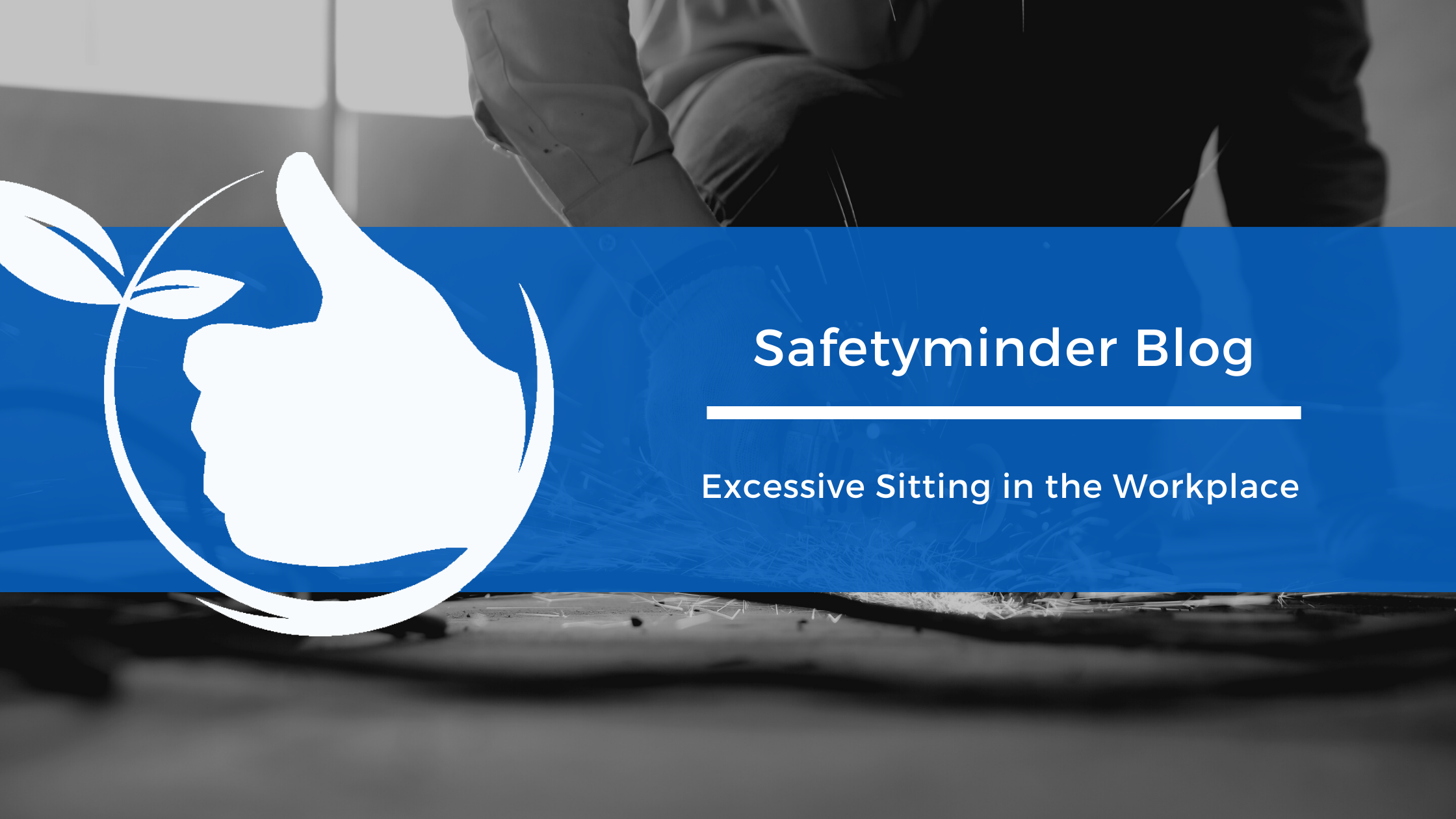
Sedentary work: a definition
Sedentary behaviour is defined as anything you do while you are sitting or reclining.
- Examples of common sedentary behaviours for workers include computer-based tasks, truck driving or operating a crane.
There is no clear definition of excessive occupational sitting exposure. However, sitting for longer than 30 minutes without a mini-break and sitting all day at work (being ‘too busy’ to take a break) are likely to be detrimental to your health.
Prolonged sitting is associated with a range of health problems including:
- musculoskeletal disorders
- cardiovascular disease
- diabetes
- obesity
- poor mental health
- some cancers
- premature death.
The negative health effects from prolonged sitting are due to:
- insufficient movement and muscle activity
- low energy expenditure
- not moving enough
- not changing posture enough.
Workplace health and safety issue
We have identified too much sitting as a potential WHS issue based on:
- a rapidly growing body of scientific evidence on the potential harms and increasing public awareness of these
- a high proportion of workers with exposure to sitting
- recent recognition by various national and international authorities of sedentary behaviour as a health concern
- emerging evidence of effective and feasible risk controls.
Excessive sitting
Sedentary exposure is akin to sun exposure: a little can be helpful but too much can damage your health. More than seven hours overall sedentary behaviour per day is likely to be detrimental to health and therefore considered excessive.
Ways to reduce occupational sitting
When it comes to addressing occupational sitting exposure, your mantra should be ‘reduce and interrupt’.
Examples of interventions
Examples of substituting sitting with non-sedentary tasks include:
- switching to work on a computer at a standing workstation
- standing to read a document
- having a standing or walking meeting
- standing while talking on the phone
- walking to deliver a message to a colleague rather than emailing.
Two things to remember:
- A worker can be physically active and meet the guidelines of at least 2.5–5 hours of moderate intensity or ‘huff and puff’ physical activity per week, and still spend much of their time being sedentary.
- Health problems caused by prolonged sitting remain even if you exercise vigorously every day, highlighting the fact that excessive sitting and physical inactivity are separate health hazards.
Fatigue in the workplace
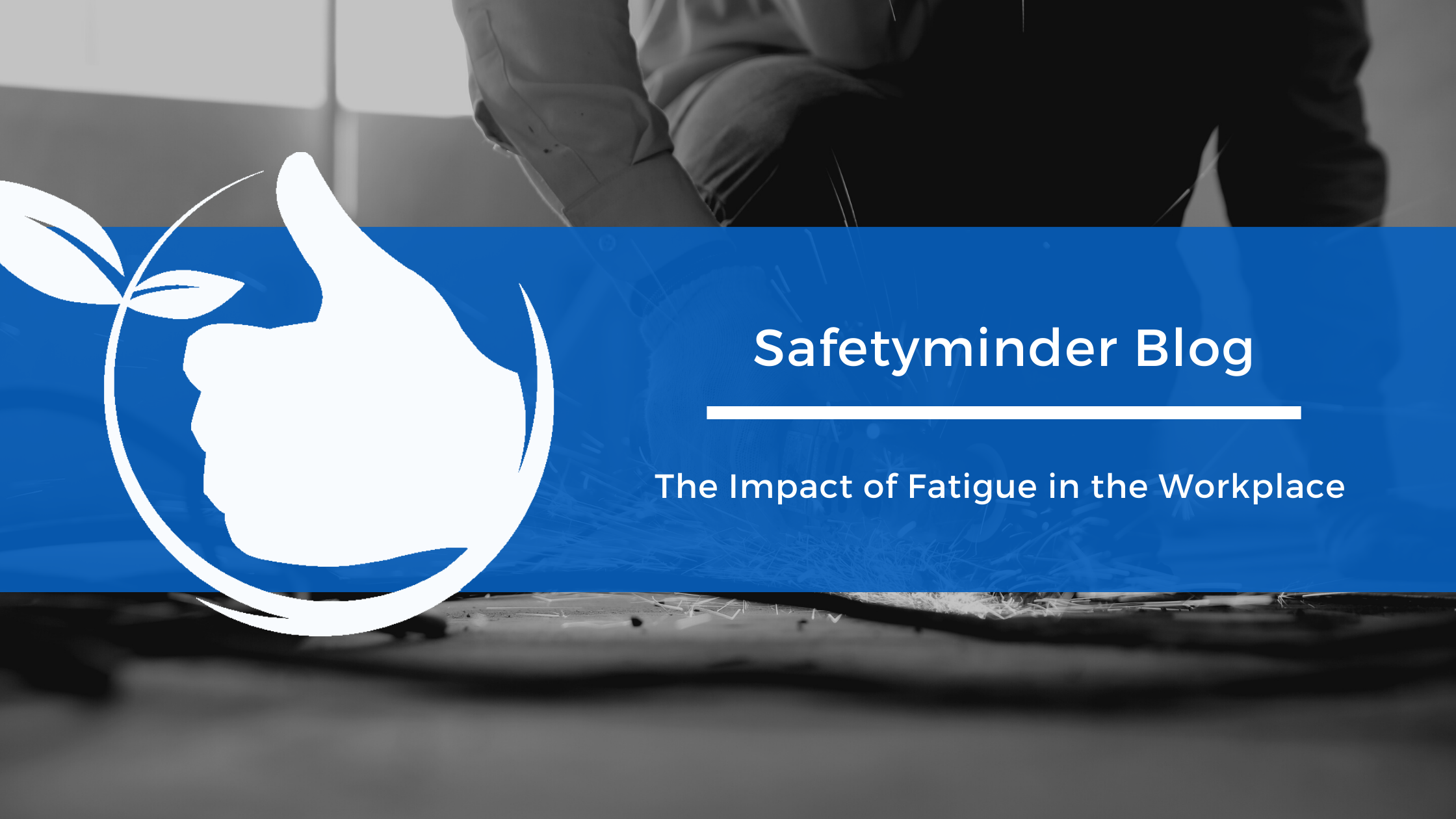
Impacts of fatigue in the workplace
Fatigue in the workplace doesn’t only impact on workers’ mental and physical health, it can also impact on the health and safety of those around them.
Fatigue can result in a lack of alertness, slower reactions to signals or situations, and affect a worker’s ability to make good decisions. This can increase the risk of incidents and injury in a workplace, particularly when:
- operating fixed or mobile high risk plant
- driving a road vehicle, such as a taxi or courier van
- working at heights
- taking part in medical or surgical procedures and settings
- working with flammable or explosive substances
- hazardous work, for example electrical work.
Managing fatigue in the workplace
Everyone in the workplace has a work health and safety duty and can help to ensure fatigue doesn’t create a risk to health and safety at work.
Examples of identifying factors that may cause fatigue in the workplace include:
- consulting workers—managers, supervisors and health and safety representatives—about the impact of workloads and work schedules, including work-related travel and work outside normal hours
- examining work practices, systems of work and worker records, for example sign in-out sheets
- reviewing workplace incident data and human resource data.
Examples of control measures for fatigue risks that could be considered include:
- work scheduling
- shift work and rosters
- job demands
- environmental conditions
- non-work related factors
- workplace fatigue policy.
Providing information and training to workers about the factors that can contribute to fatigue and the risks associated with it will help them to not only do their job, but also implement control measures to minimise the risk of fatigue in the workplace.
Training about fatigue and relevant workplace policies should be arranged so it is available to all workers on all shifts.
Once control measures are implemented, they should be monitored and reviewed to make sure they remain effective. Consider implementing trial periods for any new work schedules and encouraging workers to provide feedback on their effectiveness.
Workplace Injuries and Tips for Prevention
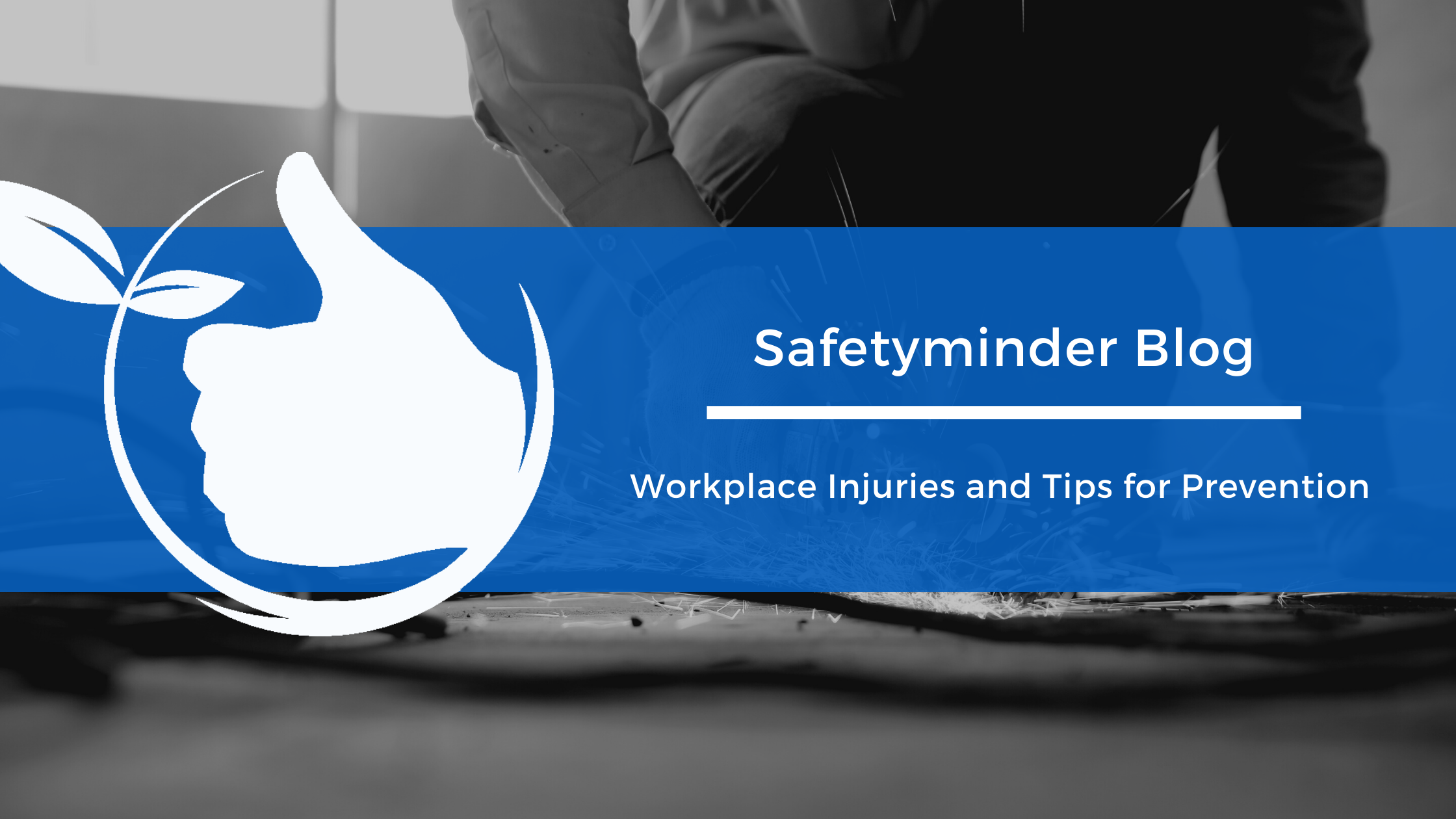
What is the most common injuries for Tradies?
Back pain is the most common injury experienced by tradies, as it is the part of the body involved in almost all the tasks that tradies undertake at work. Other common injuries for tradies include:
- shoulder issues related to repetitive reaching and holding actions with the arms
- knee injuries related to repetitive bending to the ground
- ankle sprains related to working on uneven ground.
What steps can I take to avoid back pain?
- work smart – use good positions, good techniques and use the equipment available where possible to reduce strain on your back
- correct back position for lifting means maintaining the natural curves of the spine, especially a small arch in the lower back, keeping a wide base of support, and keeping the load close to your body
- ask for help with heavy lifting where required
- engage in regular risk assessments to ensure the design of the task is as friendly to the back as possible
- stay fit, flexible and strong enough to do your job.
How do I reduce my risk of getting injured at work?
Most injuries to tradies occur as a result of ignoring pain and niggles, rushing at work, improvising with tools or equipment or being distracted by everyday tasks. Tradies can follow a few simple steps to help reduce the chance of injury:
- take a few minutes when you are about to start a job to think it through. Ask yourself: Is this the best way? Am I using the correct tools for the job? Do I need any help? Is it safe to proceed? If you answer yes to all these questions, get to it. If not, then change something until it is safe to finish the job
- be mindful of what else is going on in your life and how it can influence your work. Many tradies get hand injuries when their mind is not completely on the job. We all know the dangers of not paying attention while driving—the same goes when swinging a hammer or using a rattle gun.
- seek advice from your physiotherapist as soon as you feel a niggle. The earlier you see a physiotherapist for even the smallest injury, the quicker it will get better and the less chance your work will be impacted. Your physiotherapist can also give advice on how to prevent it happening in the future
Many tradies have to complete jobs that require either repetitive bending or awkward positions, so flexibility is really important to trades people. Improving flexibility requires regular stretching. Here are some great ones to try:
- standing hamstring stretch
- piriformis stretch
- pec stretch - to reduce the tightness when working on items in front of you all day
- forearm stretch or massage – to reduce the risk of injury from gripping tools all day.
Dental Health
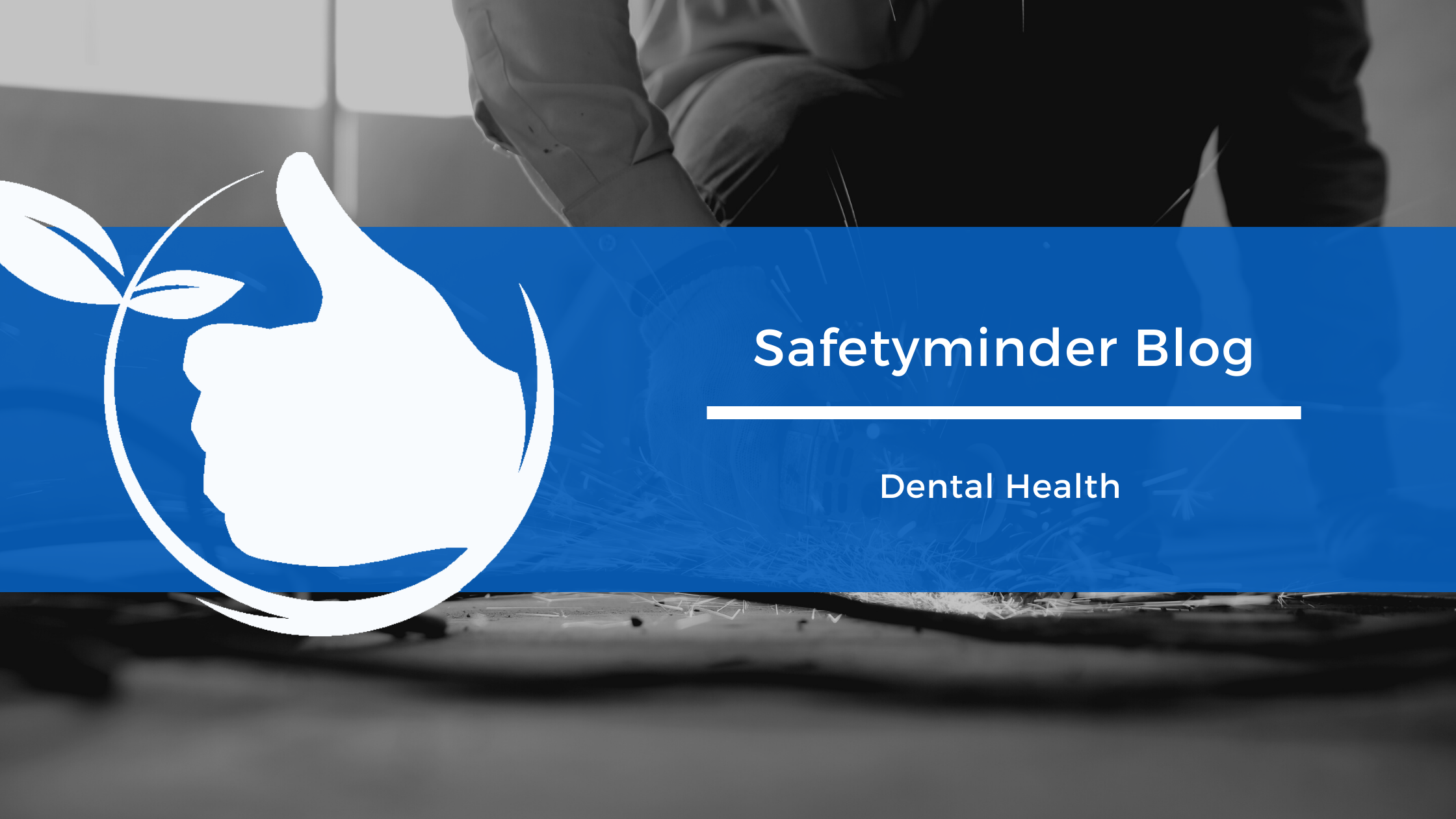
As a Tradie it’s important to look after your physical wellbeing, but looking after your dental health is just as important.
These are 3 things you can do this Tradie National Health Month to keep your dental health in check.
- Sugary Food and Drinks
- Frequent bursts of sugar are one of the main contributors to tooth decay. Check for hidden sugars in fizzy drinks and foods and swap these with healthier options.
- Dry Mouth
- Did you know the saliva in your mouth protects your teeth? Prolonged periods of having dry mouth increases your risk of tooth decay and wear. Stay hydrated by drinking water regularly.
- Regular Dental Check
- Regular check ups with a dentist can help with early detection of any dental concerns and keep your teeth healthy.
Farm Safety
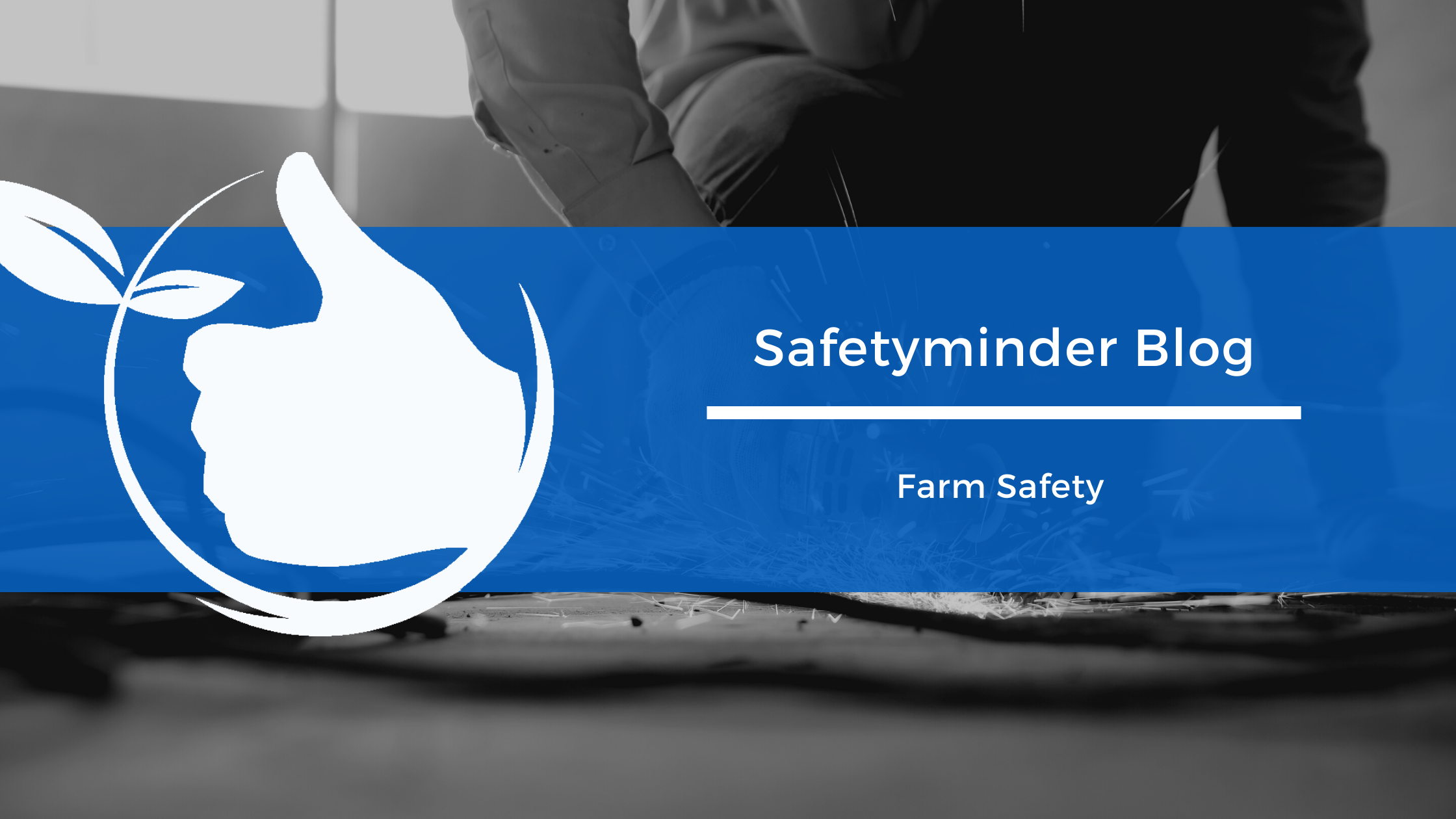
We know that it’s been a tough week for many across South Australia and National Farm Safety Week gives us the opportunity to review practices and behaviours to ensure everyone in our farming communities are safe.
Safety issues span the life of a farmer - from childhood right through to older years and include both physical and mental health issues.
For tips on how to reduce the likelihood of injury and fatality on your farm, and where to go to get support if you or something you know is suffering visit: https://www.farmsafe.org.au/
Clean Air. Clean Lungs.
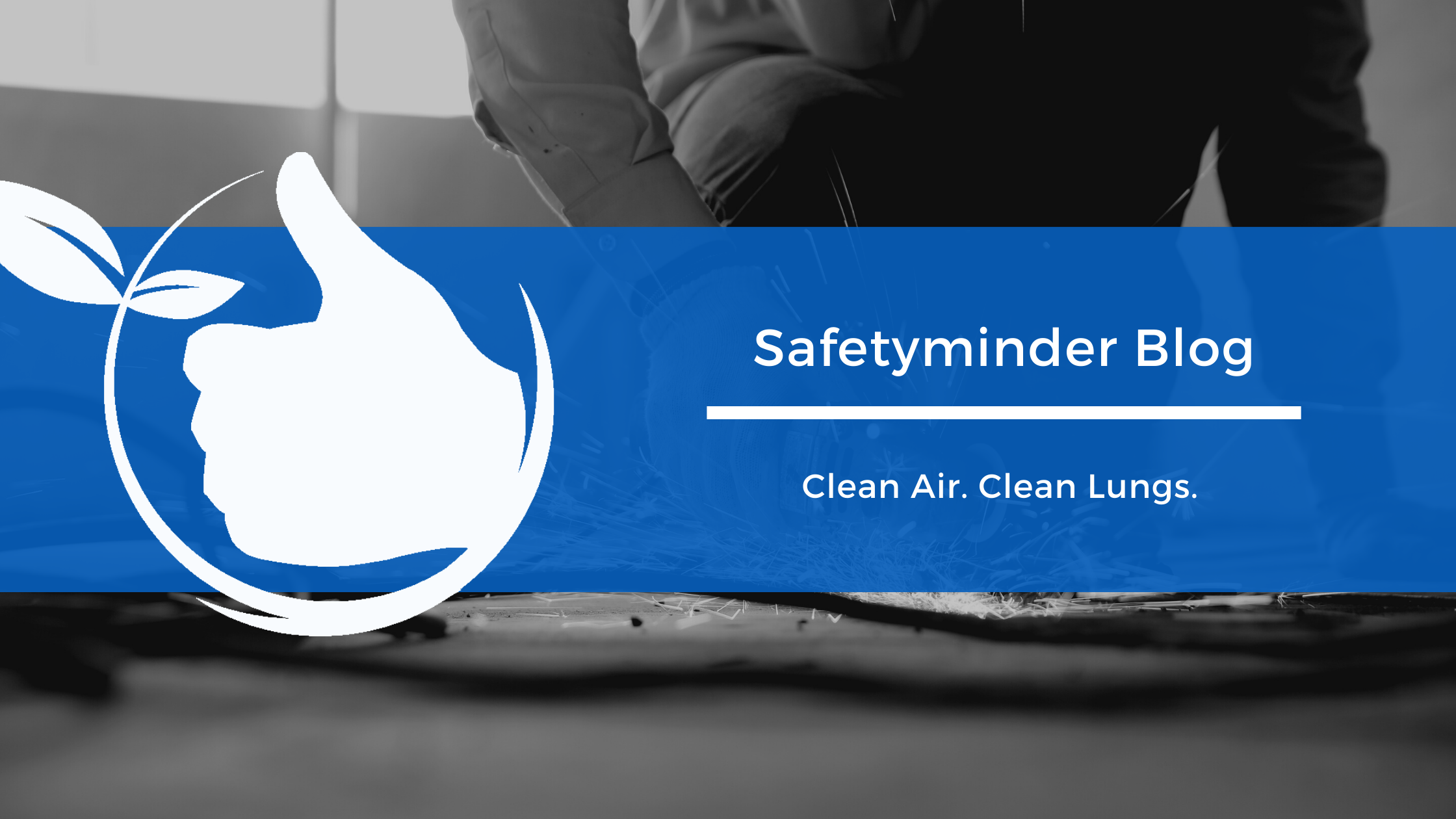
Work processes can release invisible dusts, gases, fumes, vapours, mists and microorganisms into the air.
The air you, your workers and others breathe at work can be hazardous and cause damage to your health. It’s important to understand the hazards at your workplace – whether it’s a construction site, a factory, on a farm or if you work with engineered stone. Your workers may be at risk of developing an occupational lung disease.
Occupational lung diseases are conditions of the respiratory system caused by workplace exposure to hazardous chemicals and dusts.
The Clean Air. Clear Lungs. campaign is run by Safe Work Australia to raise awareness of occupational lung diseases. The national campaign seeks to educate persons conducting a business or undertaking , such as employers or small business owners, on how to eliminate or manage the risk of their workers developing an occupational lung disease.
The campaign includes information on how to identify and assess hazards, how to manage and control risks and how to monitor your workplace. Four key industries most at risk of occupational lung diseases are targeted including:
- Manufacturing workers can be exposed to hazards in the air that are invisible to the naked eye, such as fumes and dust.
- Construction workers can be exposed to hazards like dust from concrete and fumes from welding.
- Engineered stone workers can be exposed to silica dust in all parts of their work process – from preparing and working on the slab, to cleaning up the workplace and disposing of waste.
- Agricultural workers can be exposed to a range of hazards in the air, such as pesticides, chemicals, and fuels.
What are Toolbox Talks?
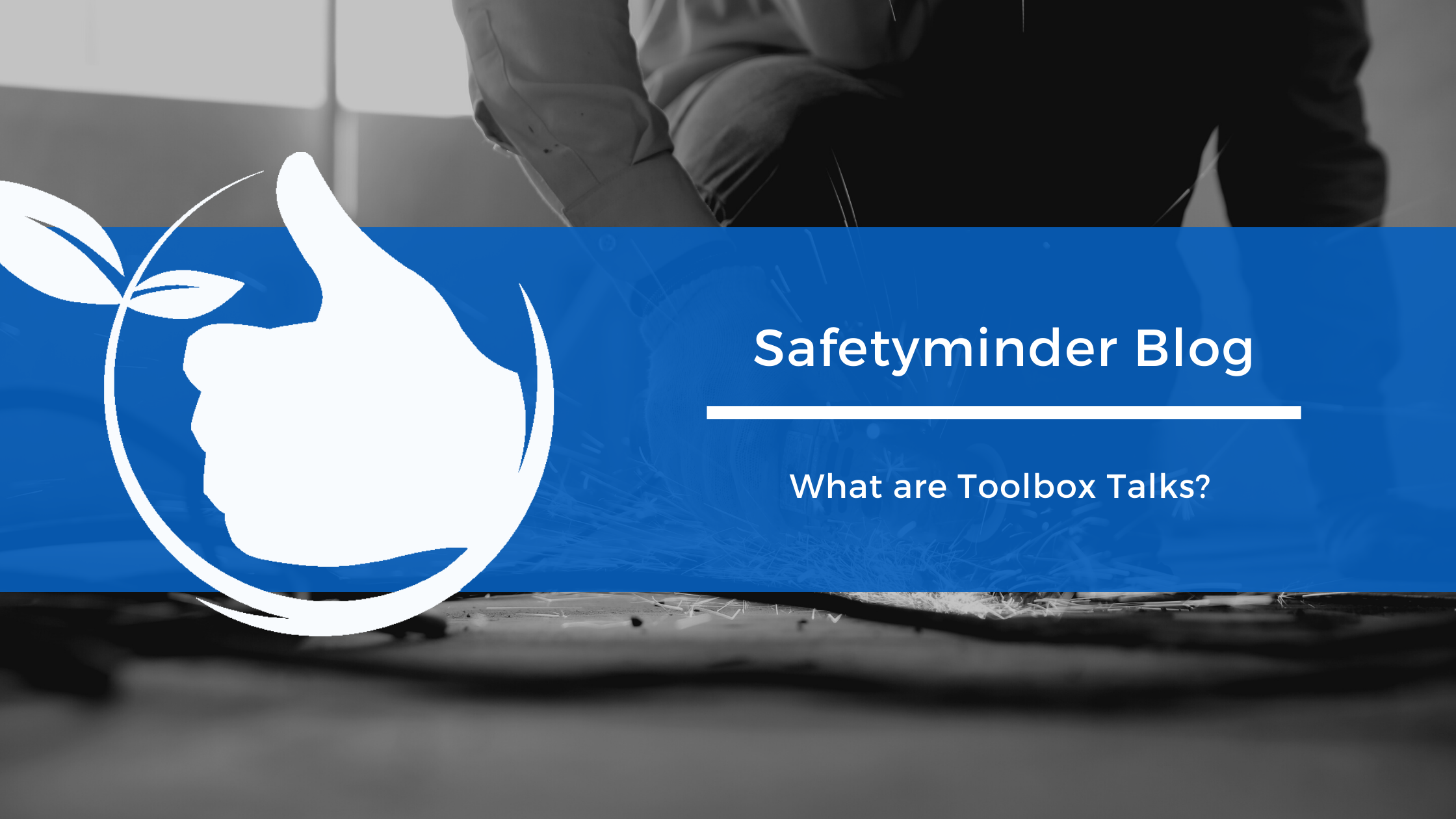
What is a Toolbox Talk?
A toolbox talk is a short safety meeting that’s held just before a shift starts. The name ‘toolbox talk’ comes from employees gathering around a toolbox for the meetings, but they’re also known as ‘pre-starts’.
These regular meetings focus on a single aspect of health and safety specific to your work site. The purpose of a toolbox talk is to create a safety discussion and receive feedback from your team.
Topics can be used to pass on important safety information but also work as a prompt for employees to discuss safety and identify potential hazards.
They should be a conversation, so be sure to break the ice and engage them from the start. Ask questions, inject humour or ask them to imagine themselves in certain situations to learn what they would do.
Remember: keep your talk brief, stick to just one topic and make sure it’s applicable to your workplace and team.
Are you new to toolbox talks?
It can be hard to think of topics for your next safety meeting. Sometimes you’re ready to go with a handful of ideas, other times you’re staring at a blank document. Occasionally you’ll find yourself reading a blog post for some last-minute inspiration.
The key to an effective toolbox talk is understanding that it’s a chance to engage with your team. It should not simply be a presentation. It should be a two-way discussion. Your teammates are typically the ones most exposed to risk and have an understanding of what works practically in the real world – so they’re usually the ones with the best ideas!
Frequently Asked Questions part three
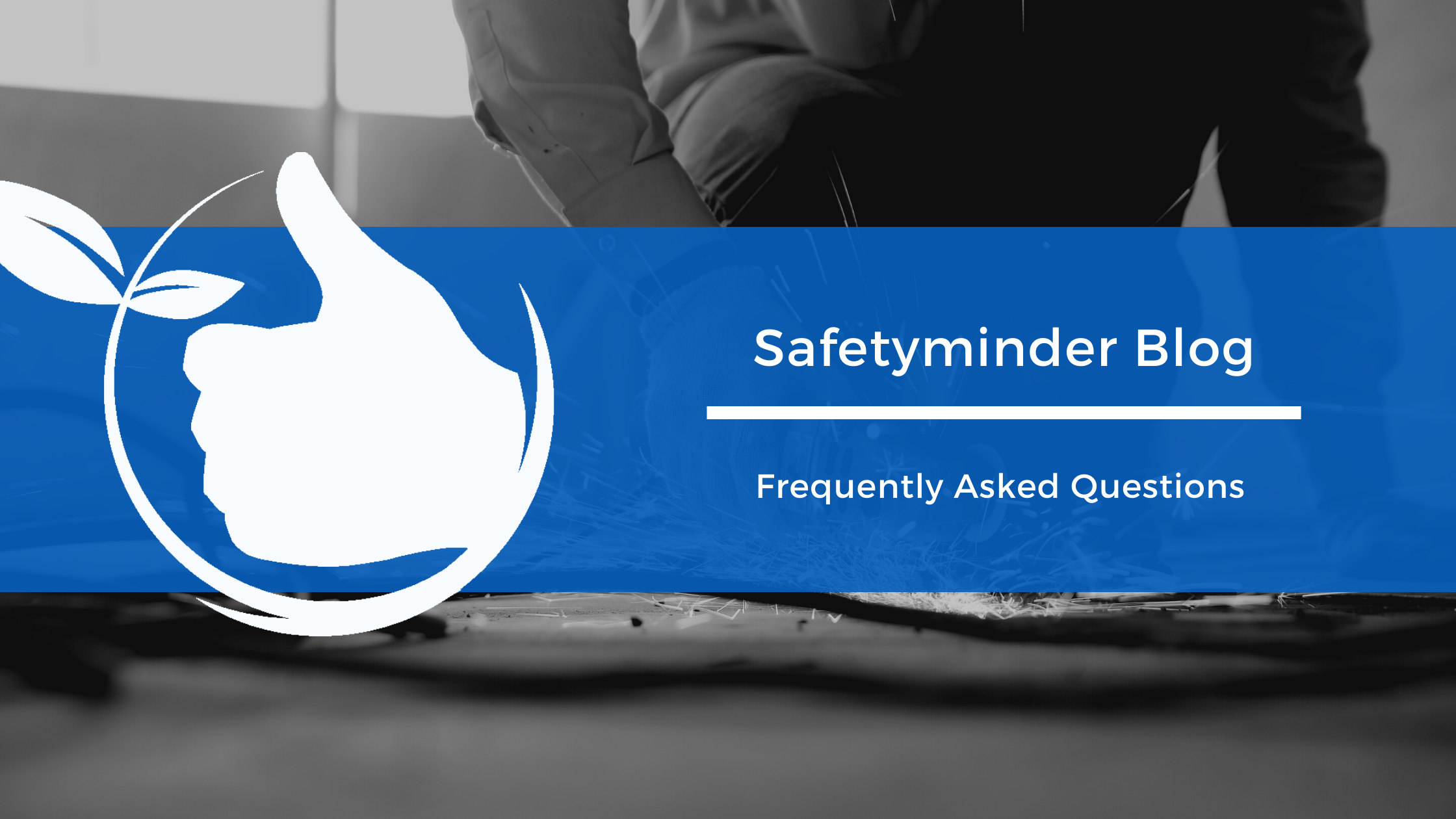
This is a continuation of a series of blog posts aims to address some of the commonly asked questions around Safetyminder. If you want more clarity in regards to any of the questions and answers here, or if there is a question in that you have we’d be happy to help so feel free to contact us
Where and When can I access Safetyminder?
All you need is a computer and internet access. As long as you have these you can access Safetyminder 24/7 from anywhere in the world.
Which internet browsers does Safetyminder work with?
Our program can be viewed in Microsoft's Internet Explorer, Apple's Safari, Google Chrome and Firefox, as well as other browsers, but is best viewed in Google Chrome or Firefox.
Is my data on Safetyminder secure?
We utilise some of the most advanced technology for internet security available today. When you access our site using a compatible web browser, Secure Socket Layer (SSL) technology protects your information using both server authentication and data encryption, ensuring that your data is safe, secure, and available only to registered Users in your organisation.
The data you enter on Safetyminder is also stored in a secure hosting environment. Hence, provided you ensure you and your staff keep your log-in and password details confidential, then outsiders will not be able to get this information. And your staff, contractors and others you have provided with Safetyminder access will only be able to see the data you have allowed them to see as per their respective privileges.